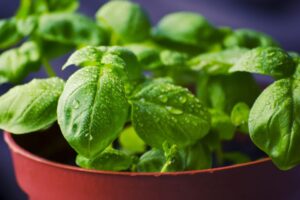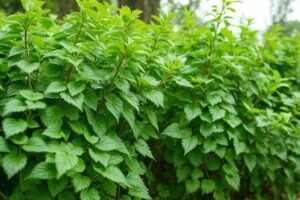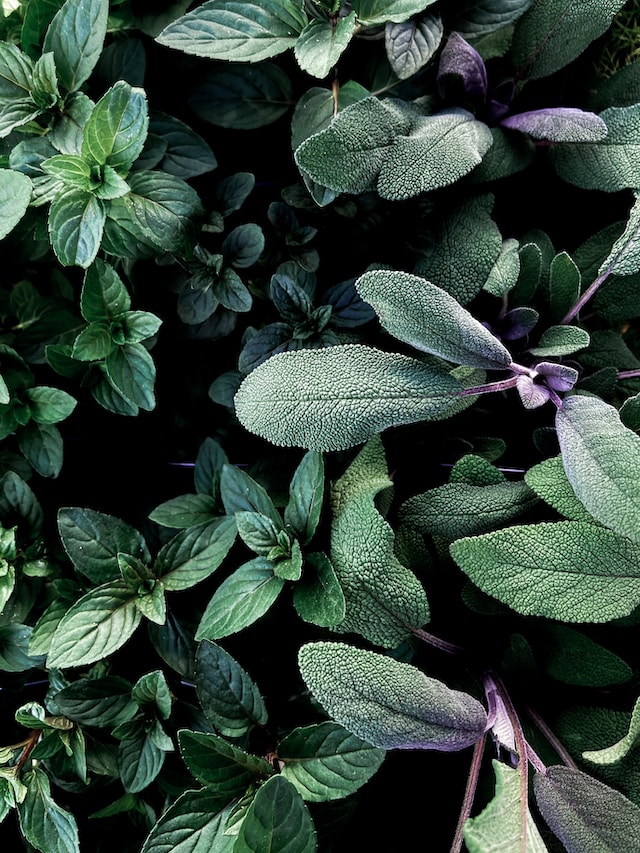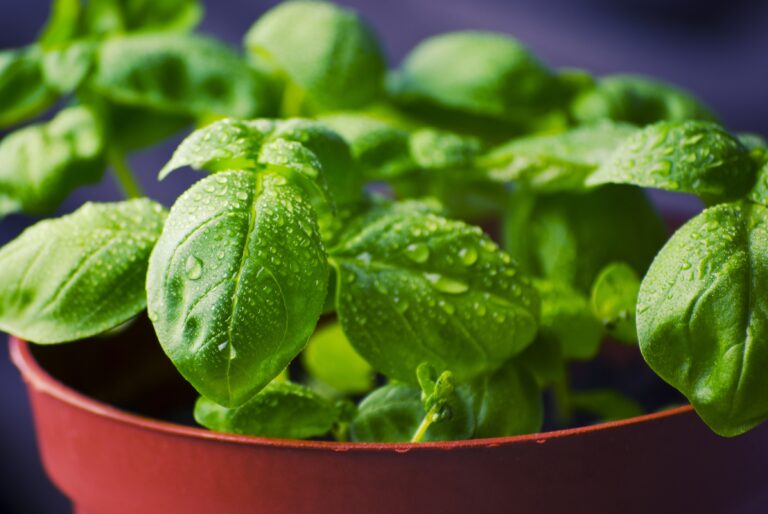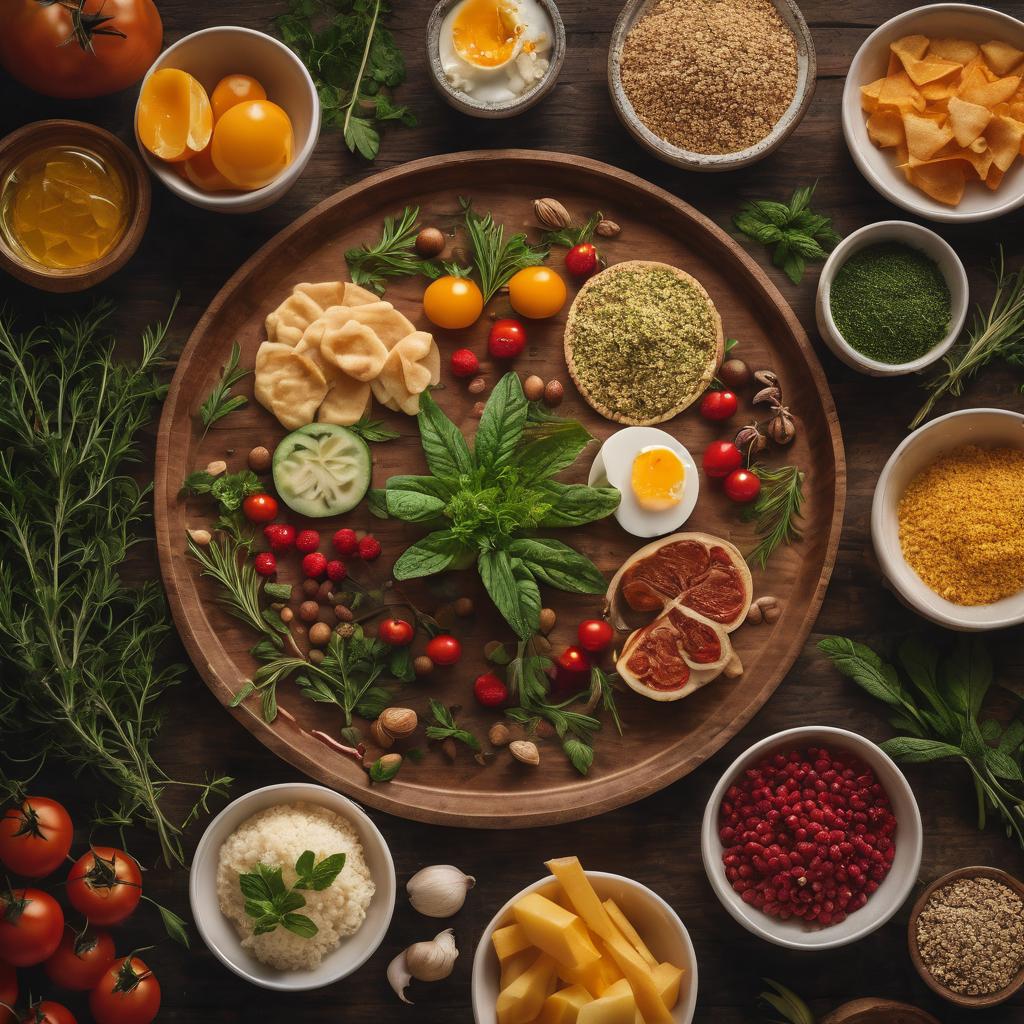Introduction
Sage is an herb that has been used in cooking since ancient times. It’s one of the most popular herbs in the world, with a flavor that’s both strong and subtle at the same time. In this article we’ll explore what sage is, how it grows and who cooks with it. We’ll also look at its history as a medicinal herb and how to use it in your own kitchen!
Sage is a wonderful herb with a ton of culinary uses.
It’s native to the Mediterranean and grows wild there, but it can also be cultivated indoors or in your garden if you have access to some sunlight. Sage has been used in medicine for centuries, particularly by the ancient Greeks and Romans who believed that it had healing properties. The bark, leaves, stems and flowers are all edible–and they all taste great!
Sage is native to the Mediterranean and grows wild there.
Sage is a perennial herb that grows wild in the Mediterranean. It’s also cultivated in many other places around Europe, North America and Asia.
Sage can be used to flavor soups, stews and sauces; it’s often paired with garlic or thyme as part of traditional Italian seasoning blends called “bouquet garni”. The leaves are sometimes used as an ingredient in stuffing poultry or game birds before roasting them; they’re also good for flavoring egg dishes such as omelets and quiches (the French name for this dish literally translates into “cheese pie”).
It has been used in medicine for centuries.
It has a long history of use in traditional medicine, and sage is still used today to treat everything from sore throats to inflammation. Sage is also a common ingredient in cough syrup because it helps soothe the throat.
It’s important to note that not all types of sage are edible; only the leaves can be eaten raw or cooked with other food items, but you should never consume the root or stem of a plant unless you’re sure it won’t harm you!
Sage bark, leaves, stems and flowers are all edible and have a wide range of culinary applications.
Sage leaves can be used fresh or dried; they’re typically chopped before being added to dishes. The stems and flowers are also edible, but these are less commonly used than sage leaves because they’re harder to find and prepare.
Sage has a distinctive flavor that’s a perfect complement for meaty dishes like pork or lamb chops, as well as seafood like shrimp or scallops.
Sage is a versatile herb that can be used in many different ways. It has a distinctive flavor that’s a perfect complement for meaty dishes like pork or lamb chops, as well as seafood like shrimp or scallops. The herb is also perfect for stuffing and soups, sauces, stews and other savory dishes. Sage is easy to grow at home or find at your local farmer’s market during the fall months (September through November).
It also pairs well with beans and vegetables like spinach, Swiss chard and carrots (it’s great for stuffing).
Fresh or dry, sage adds flavor wherever you add it!
Fresh sage is great for stuffing, and it can be used in salads as well.
Dried sage is perfect for flavoring meaty dishes such as turkey or pork roast.
It’s also a good choice if you’re looking to flavor fish dishes; try incorporating dried sage into your next catch of the day!
Sage is an herb worth knowing about as an ingredient in your kitchen
Sage is a herb that can be used in many dishes. It’s easy to grow, and the leaves can be used fresh or dried.
In addition to its versatility as an ingredient, sage has many health benefits: it improves digestion and relieves bloating; it may also help lower blood sugar levels when taken with meals. Sage also contains antioxidants that protect cells from free radical damage caused by radiation therapy for cancer patients.
Conclusion
Sage is a wonderful herb with a ton of culinary uses. It’s easy to grow and has a distinctive flavor that’s perfect for meaty dishes like pork or lamb chops as well as seafood like shrimp or scallops. Sage also pairs well with beans and vegetables like spinach, Swiss chard and carrots (it’s great for stuffing). Fresh or dry, sage adds flavor wherever you add it!



